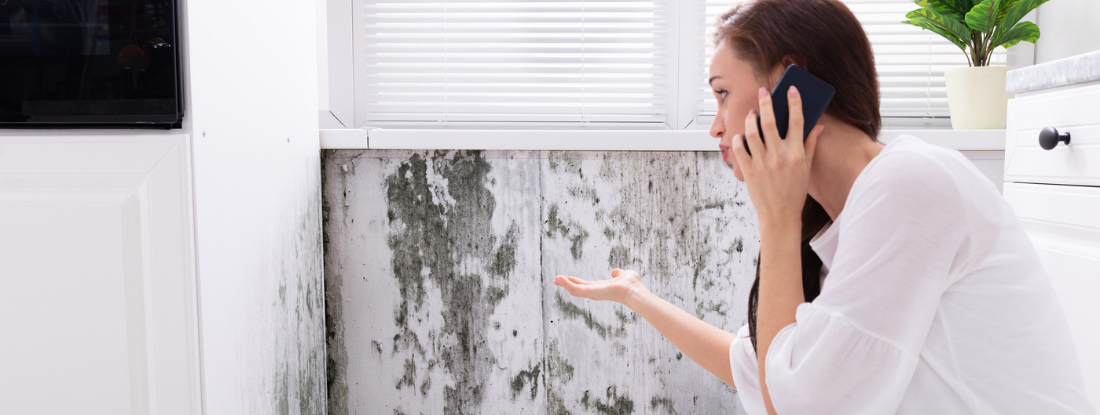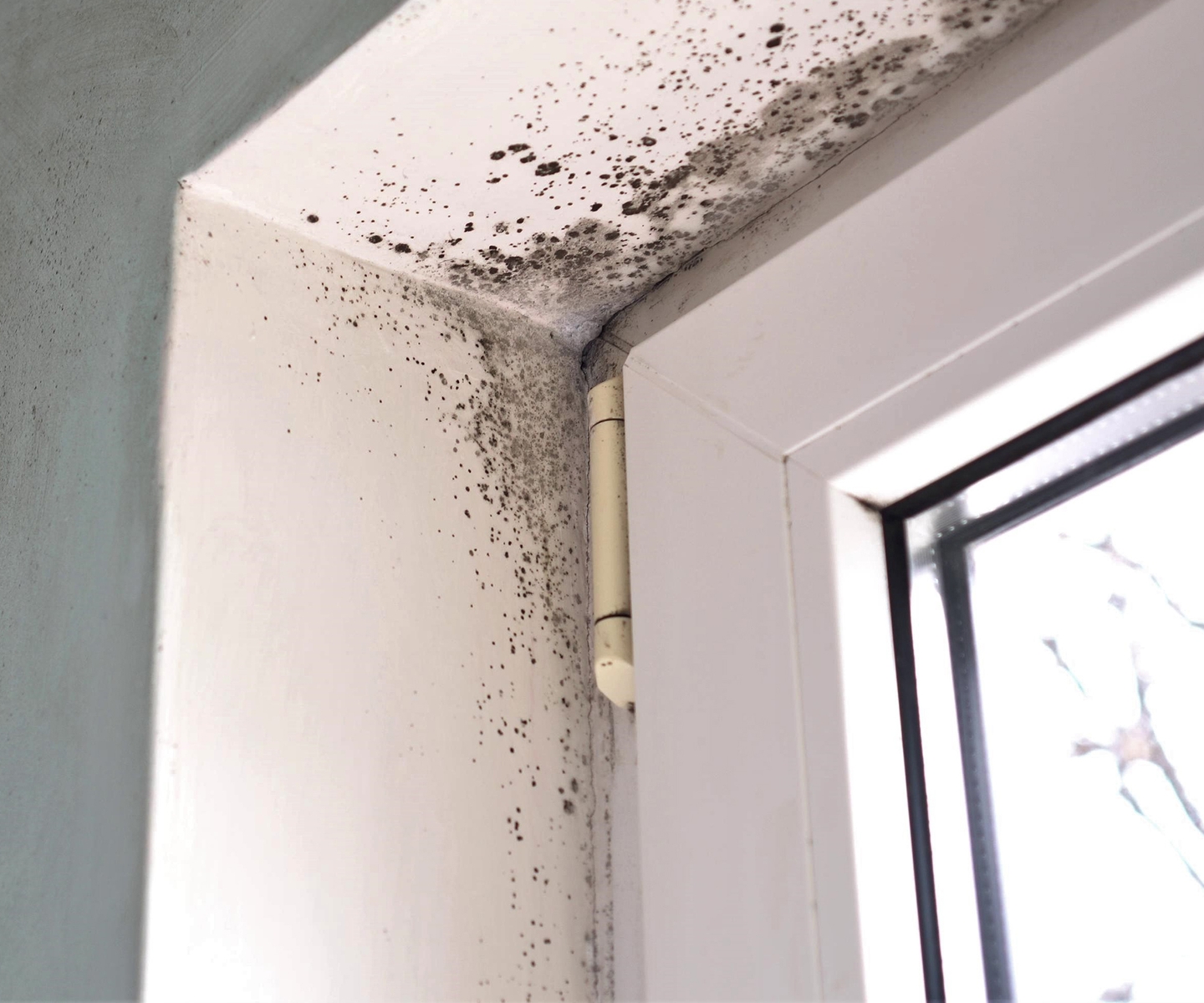Essential Steps After Mold Remediation
Essential Steps After Mold Remediation
Blog Article
Effective Post Mold And Mildew Removal Solutions for Your Home
Mold development in homes can be a persistent issue, typically calling for an organized technique for reliable post-remediation options. From comprehending the aspects that add to mold advancement to executing proper cleaning strategies and dampness control actions, the procedure can be complex yet vital for preserving a healthy living environment. Additionally, discovering all-natural remediation services and establishing a routine for recurring upkeep are crucial components of a detailed mold and mildew removal method. As house owners aim to address mold problems, discovering the most reliable options ends up being paramount for the well-being of their families.
Understanding Mold Development Factors
Mold and mildew development is influenced by a range of variables that are important to understand in order to efficiently attend to and prevent its proliferation. Comprehending these variables is vital in applying effective mold remediation approaches. The primary element adding to mold and mildew development is moisture. Mold and mildew spores call for moisture to thrive and germinate, making humid or moist atmospheres highly prone to mold infestations. Poor ventilation can additionally lead to moisture accumulation, developing a suitable breeding place for mold and mildew.

In addition, air flow and light exposure can affect mold development. Areas that do not have proper ventilation and all-natural light are more susceptible to mold and mildew growth. By addressing these variables adequately, people can efficiently mitigate mold and mildew growth and protect their living atmospheres.
Correct Mold Cleansing Methods
Using efficient cleaning methods is important in stopping the reoccurrence and dealing with of mold and mildew contamination in indoor atmospheres. When dealing with mold, it is critical to prioritize safety and security by using safety gear such as masks, safety glasses, and gloves. The initial step in correct mold cleaning is to consist of the affected area to stop the spread of spores to unpolluted locations. This can be attained by sealing the space and using air scrubbers or negative air devices to preserve air high quality.

Implementing Moisture Control Procedures
To efficiently prevent mold and mildew growth and contamination in interior environments, implementing dampness control steps is paramount. In addition, guaranteeing correct air flow in areas vulnerable to moisture accumulation, such as restrooms and kitchen areas, can help minimize the risk of mold development. By vigilantly applying these wetness control actions, property owners can properly decrease the chance of mold recontamination and preserve a healthy and balanced indoor atmosphere.
Using All-natural Remediation Solutions
After effectively implementing wetness control procedures to prevent mold development in interior environments, property owners can currently explore the effectiveness of natural removal remedies in maintaining a healthy space. All-natural remediation solutions use eco pleasant methods to fight mold and mildew and mold, making them a popular option for those looking for safe choices. One such remedy is using vinegar, a natural antimicrobial agent, to disinfect and clean surfaces polluted by mold and mildew. Merely thin down vinegar with water and spray it onto the affected areas, enabling it to sit for a few hours before wiping clean. Furthermore, tea tree oil, recognized for its antifungal residential or commercial properties, can This Site be mixed with water and splashed onto mold-infested surface areas to hinder further growth. One more natural choice is hydrogen click over here peroxide, which can properly eliminate mold and mildew on various surfaces without leaving hazardous deposits behind. By including these all-natural removal remedies right into their cleansing regimens, home owners can effectively deal with mold and mildew development while promoting a healthier interior environment for themselves and their families.

Maintaining a Mold-Free Atmosphere
Consistently evaluating locations susceptible to mold growth, such as bathrooms, attics, cellars, and cooking areas, is vital. Appropriate ventilation in areas with high moisture levels is also vital to protecting against mold and mildew growth.
Furthermore, keeping cleanliness in the home is important for mold and mildew prevention. Keeping indoor plants in check and making sure proper drain in exterior landscaping can reduce wetness accumulation, reducing the possibility of mold and mildew problems.
Final Thought
To conclude, it is important to address mold and mildew growth factors, make use of appropriate cleaning methods, implement dampness control procedures, utilize all-natural remediation remedies, and preserve a mold-free environment in order to successfully handle blog post mold and mildew remediation in your house - Post Remediation Inspection near me. By adhering to these methods, you can stop mold from reoccuring and make certain a healthy living atmosphere for you and your family members
The main variable contributing to mold and mildew growth is dampness. Mold and mildew spores need dampness to flourish and sprout, making damp or wet environments extremely prone to mold and mildew infestations.To successfully protect against mold growth and contamination in indoor atmospheres, applying moisture control steps is vital. In addition, ensuring proper ventilation in areas susceptible to moisture accumulation, such as kitchen areas and bathrooms, can aid minimize the risk of mold development.After efficiently carrying out dampness control steps to prevent mold and mildew growth click resources in indoor environments, house owners can currently check out the efficiency of all-natural removal options in preserving a healthy living area.
Report this page